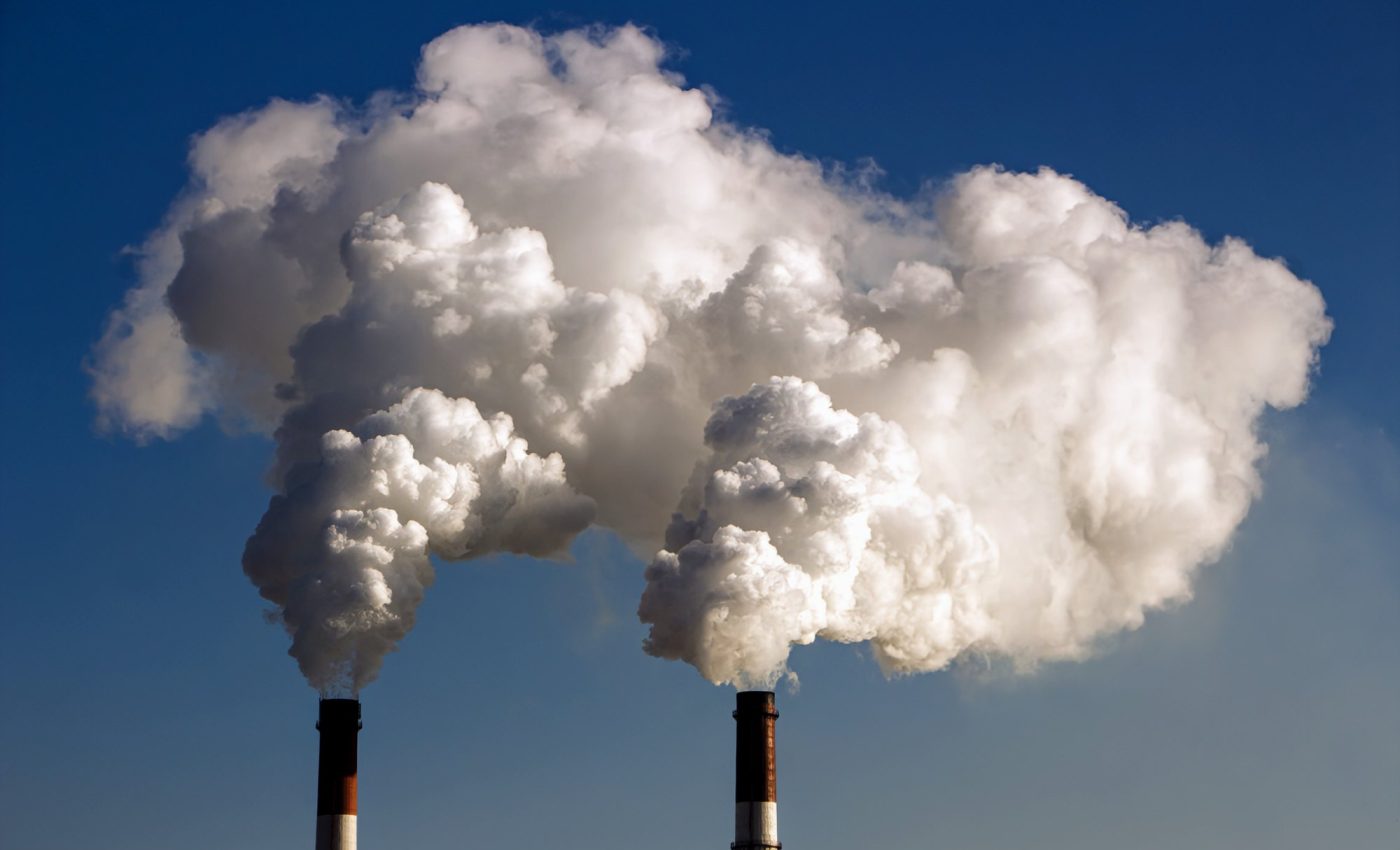
States downwind of pollution bear a disproportionate burden
A surprising fact most people aren’t aware of is the silent, deadly menace that is air pollution. It’s an unseen danger that affects us all, yet does not gain the attention it deserves.
Despite the significant impact it has on human health, the general public is not as informed about air pollution as we would hope.
Deadly reality of air pollution
Air pollution is quite literally a matter of life and death. It’s not just an environmental issue – it’s a dire health crisis. Indeed, studies list it as one of the top three causes of premature mortality.
The effects of air pollution are so profound that it shaves off about three years from global life expectancy, particularly impacting urban communities where it tends to be the worst.
Air pollution’s global toll
The grim situation is that air pollution kills between seven to nine million people worldwide each year, with 200,000 of these deaths occurring in the United States alone.
This toxic pollution doesn’t respect state lines – it drifts freely across borders, causing harm wherever it flows.
As we learned from the team at the University of Notre Dame, this interstate pollution issue has been further complicated by a recent Supreme Court decision to halt a crucial federal rule aimed at reducing emissions.
The Good Neighbor Plan
The halted plan, known as the Environmental Protection Agency’s (EPA) “Good Neighbor Plan,” was part of the Clean Air Act.
The legislation would require “upwind” states – states where industrial and power plant emissions originate and then drift to other states due to wind patterns – to implement plans to reduce ground-level ozone and nitrogen oxide emissions.
However, this initiative was challenged by three states – Indiana, Ohio, and West Virginia – along with several large industrial companies and trade organizations. This led to a standoff at the Supreme Court and the subsequent disruption of the Good Neighbor Plan.
Challenges for downwind states
The truth is, the so-called “downwind” states are left bearing a disproportionate burden. These are states that receive significant pollution from the upwind states, and their struggles for clean air have been examined in depth by researchers.
One of the tools available for these downwind states is Section 126 of the Clean Air Act, which allows them to appeal to the EPA directly to regulate sources of interstate air pollution.
But the study found that despite 13 petitions filed through Section 126 by downwind states between 2000 and 2022, the system has been ineffective.
The states face lengthy response times, infrequent acceptance of their petitions, and the demand to deliver proof of failed improvement plans – a level of insider information that these downwind states are unlikely to have access to.
Beyond political boundaries
So, where does this leave us? As things stand, the burden of proof in court falls on the downwind states.
The current system fails to address the reality that pollution may disproportionally affect a downwind state, without it having the power to do something about it.
It’s a drawback of a system that fails to reflect the actual dispersion of pollution, as it is currently based on political boundaries, not physical ones.
Our understanding and management of air pollution need a radical re-evaluation. We need to move toward air quality assessments based on actual pollution dispersion boundaries rather than political ones, which would ensure that pollution isn’t simply exported to neighboring states through energy production and industry.
Rethinking air quality management
The team at the University of Notre Dame believes that the focus should be on creating new regulatory boundaries that group together areas experiencing similar air quality conditions.
The researchers are currently working on a companion study outlining proposals for such a redefined air quality management system.
In the meantime, the status quo remains dangerous. The Supreme Court’s decision has left the EPA and affected states without a timely solution to the growing air pollution problem, exposing the shortcomings of our current regulatory system in protecting human health and the environment.
Ultimately, what we need is a system that prioritizes human health and protects the rights of those who are most affected by air pollution – the downwind states.
The fight for clean air and healthier communities continues, and it’s one we cannot afford to lose.
The study is published in the journal Environmental Management.
—–
Like what you read? Subscribe to our newsletter for engaging articles, exclusive content, and the latest updates.
Check us out on EarthSnap, a free app brought to you by Eric Ralls and Earth.com.
—–













